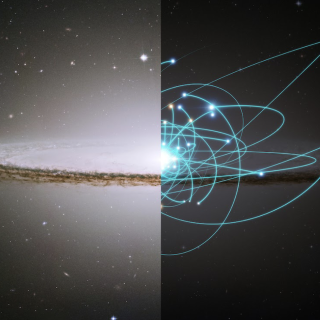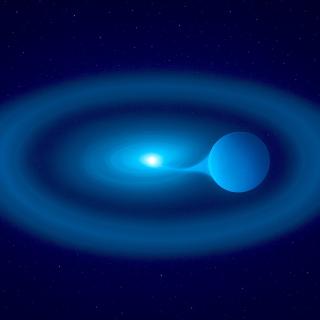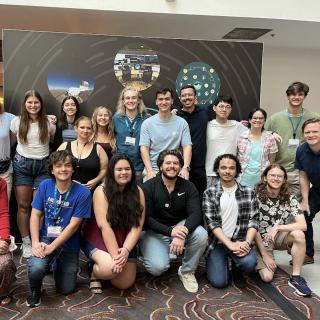
The Canary Islands Institute of Astrophysics reinforces its commitment to scientific and cultural dissemination by participating in the literary event held in La Palma from September 22 to 27 The Instituto de Astrofísica de Canarias (IAC) renews its collaboration with the Spanish-American Writers’ Festival, which celebrates its seventh edition this year from September 22 to 27 in Los Llanos de Aridane, on the island of La Palma. This participation is part of the IAC's ongoing commitment to scientific and cultural outreach, connecting the world of astrophysics with literature and humanistic
Advertised on




